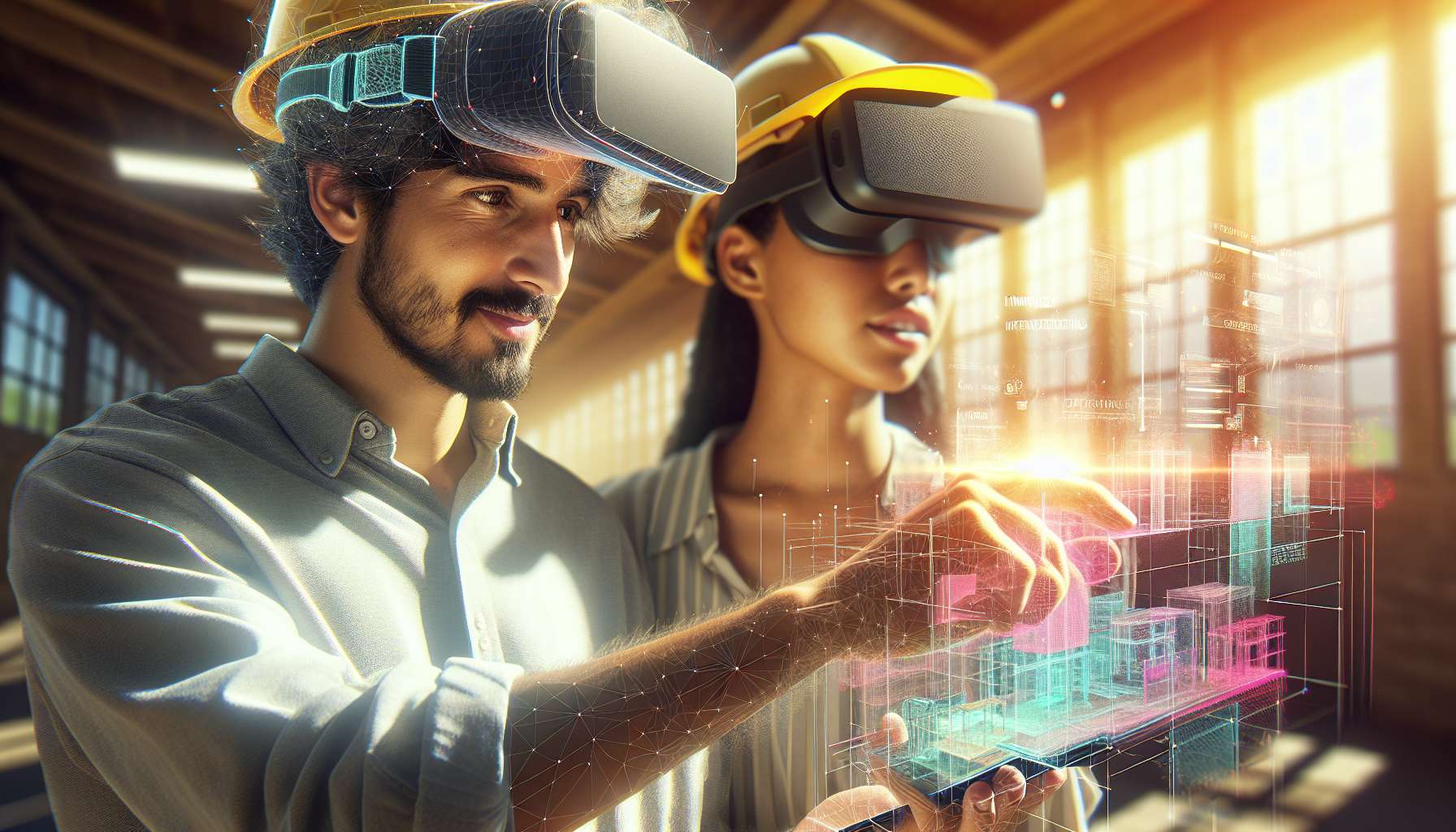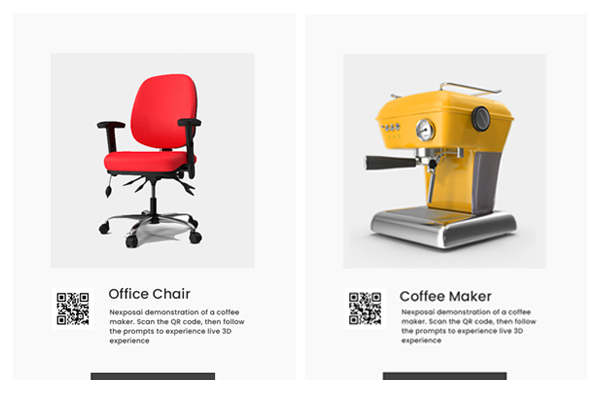Improving Construction Project Accuracy with Augmented Reality
Construction projects are complex endeavors that require meticulous planning, coordination, and execution. However, even with the most detailed plans, errors can still occur, leading to costly delays, rework, and budget overruns. Fortunately, advancements in technology, particularly augmented reality (AR), are providing innovative solutions to minimize construction project errors and improve overall accuracy.
What is Augmented Reality?
Before we delve into the applications of AR in construction, let’s briefly explain what augmented reality is. AR is a technology that overlays digital information, such as 3D models, images, and data, onto the real world. By using specialized devices like smart glasses or mobile devices, users can see virtual elements integrated seamlessly into their physical environment.
AR for Construction Project Errors
One of the key challenges in construction projects is ensuring that the actual construction aligns with the design plans. Even minor errors in measurements or placements can have significant consequences. This is where AR comes in, offering real-time visualization and guidance to construction teams, reducing the likelihood of errors and improving overall project accuracy.
Real-Time 3D Models
AR allows construction teams to view 3D models of the project overlaid onto the physical site. This enables them to visualize the final structure in its intended location, helping to identify any discrepancies between the design and the actual construction. By spotting errors early on, teams can make necessary adjustments before construction progresses, saving time and resources.
Guided Work Instructions
AR can also provide step-by-step instructions to guide construction workers during the building process. With AR-enabled devices, workers can see virtual markers, measurements, and annotations overlaid onto the physical environment. This helps ensure accurate placement of components, reducing the risk of errors and rework.
Collaborative Project Reviews
AR facilitates collaborative project reviews by allowing stakeholders to virtually walk through the construction site and provide feedback. This eliminates the need for physical site visits, saving time and travel costs. Additionally, stakeholders can use AR to annotate specific areas or highlight potential issues, fostering effective communication and reducing the likelihood of errors.
Benefits and Results
The integration of AR into construction projects has shown promising results in reducing errors and improving overall project accuracy. By leveraging AR technology, construction teams have reported:
- Reduced rework and associated costs
- Improved communication and collaboration
- Enhanced worker productivity and efficiency
- Streamlined project timelines
The Future of AR in Construction
The potential of AR in construction extends beyond error reduction. As the technology continues to evolve, we can expect even more advanced applications, such as real-time material tracking, safety enhancements, and remote expert assistance. AR has the power to revolutionize the construction industry, making projects more efficient, cost-effective, and accurate.
Conclusion
Augmented reality is proving to be a game-changer in the construction industry, offering practical solutions to minimize errors and improve project accuracy. By leveraging real-time 3D models, guided work instructions, and collaborative project reviews, construction teams can significantly reduce rework, enhance communication, and streamline project timelines. As AR technology continues to advance, the future looks promising for construction projects, with even more innovative applications on the horizon.





